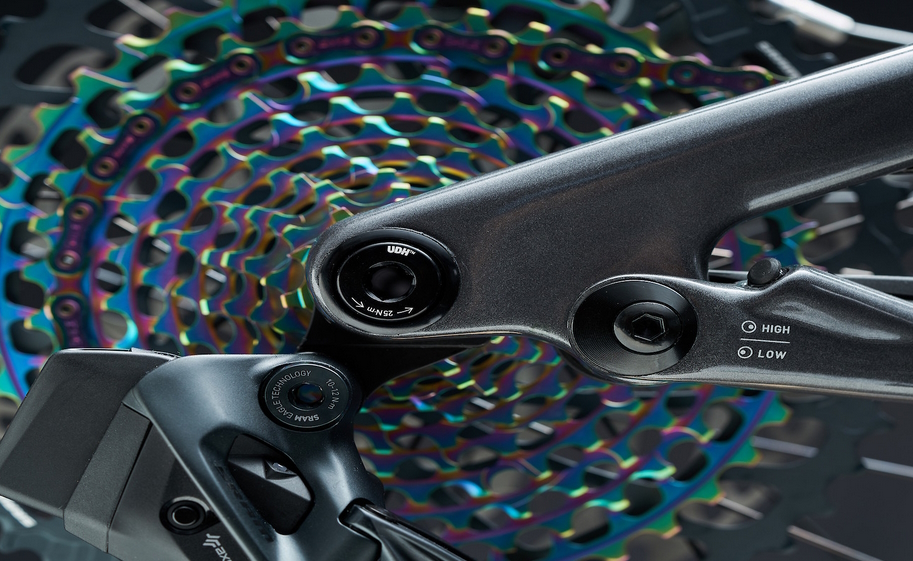Enhance Your Cycling Performance with Specialized Electric Bikes
- Written by NewsServices.com

History of Electric Bikes
Electric bikes, or e-bikes, are becoming increasingly popular as an eco-friendly way to get around. E-bikes have been around since the late 19th century, but they've come a long way since then. Here is a brief history of electric bikes and how they've evolved over the years.
The first electric bike was invented in 1895 by Ogden Bolton Jr., who wanted to create a human-powered vehicle that could also be powered by electricity. He patented his invention and called it the "Bolton Bicycle." It had two small motors connected to the back wheel that allowed it to reach speeds of up to 15 mph (24 km/h). This early electric bike was designed for use on flat surfaces, such as roads and sidewalks, but it wasn't very popular because of its limited range and speed.
In the 1970s, specialized electric bikes made a comeback with new designs that used lead-acid batteries for power instead of motors. These new e-bikes were more powerful than their predecessors because they could go up hills that regular bicycles couldn't climb as easily due to their added weight from the battery pack. They also had increased range due to improved battery technology which allowed them to go farther before needing a recharge.
Benefits of Electric Bikes
Electric bikes, or e-bikes, have become increasingly popular over the past few years. With their ability to make long-distance rides easier and more efficient, it’s no wonder that so many riders are choosing them for commuting and leisure activities alike. But what exactly are the benefits of electric bikes? In this article, we’ll explore some of the top advantages of owning an electric bike.
To start, electric bikes offer an eco-friendly alternative to traditional gas-powered vehicles. As they use electricity instead of fuel to power their motors, they produce fewer emissions than cars or motorcycles and help reduce air pollution in cities and other congested areas. In addition, most e-bikes come with a rechargeable battery that can be charged using renewable energy sources such as solar panels or wind turbines. This makes them even more environmentally friendly than traditional gasoline engines.
Another key benefit of electric bikes is their convenience. When powered on, these cycles can reach speeds of up to 20 mph without you needing to pedal at all – making them much faster than regular bicycles when travelling long distances at higher speeds (such as in a city environment). Additionally, many models are foldable so you can easily store them away when not in use.
Types of Electric Bikes
Electric bikes are growing in popularity as more people look for an alternative to cars and traditional bicycles. With the rise of e-bikes, it can be difficult to know which type is right for you. Luckily, there are many different types of electric bikes available so you can find one that fits your needs.
The most basic type of electric bike is a pedal-assist bike, also known as a pedelec. These bikes use a motor to provide extra power when you’re pedalling, making it easier to climb hills or just get around town faster than on a regular bicycle. This type of e-bike is great for those who want some extra help while still getting exercise and fresh air.
Another popular type of electric bike is the hub motorbike, which uses an internal motor located near the rear wheel hub. This type of e-bike offers more power and speed than the pedal-assist models but requires less effort from the rider since all they have to do is control steering and braking instead of pedalling all the time. Hub motorbikes are perfect for those who want a fast ride without having to work too hard on their journey!
Safety Considerations for Electric Bike Riders
Electric bike riders have many advantages over traditional cyclists, including the ability to travel long distances with minimal effort. However, electric bikes can be dangerous if not used properly. It is important for electric bike riders to understand the potential risks and take steps to minimize them.
The primary safety concern for electric bike riders is speed. Electric bikes can reach speeds of up to 20 miles per hour, which can easily be dangerous in trafficked areas or on roads without designated bike lanes or paths. It is important that electric bike riders pay attention to their speed and obey all traffic laws when riding on public roads or sidewalks. Riders should also wear a helmet and other protective gear such as gloves and padded clothing in order to reduce the risk of injury from a sudden stop or fall.
Because of their increased speed, it is also important for electric bike riders to stay aware of their surroundings at all times in order to avoid accidents with pedestrians, animals, other vehicles (including cars), cyclists, and other obstacles on the road. This includes paying attention not only on straightaways but also when turning corners or navigating around tight spaces such as parking lots and driveways.
Conclusion
In conclusion, specialized electric bikes are a great way to get around while providing the user with an enjoyable and comfortable riding experience. They offer many advantages over traditional bicycles, such as greater speed and power, as well as convenience features like rechargeable batteries and digital displays. With their growing popularity, specialized electric bikes have become a top choice for commuters looking for an efficient way to get around town.

















